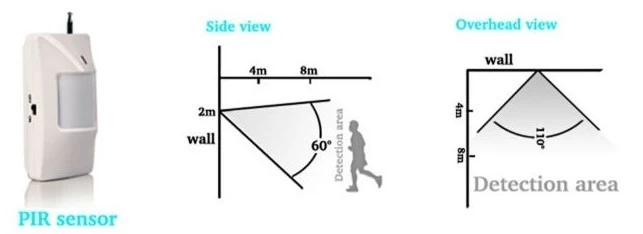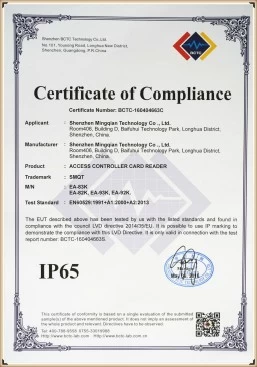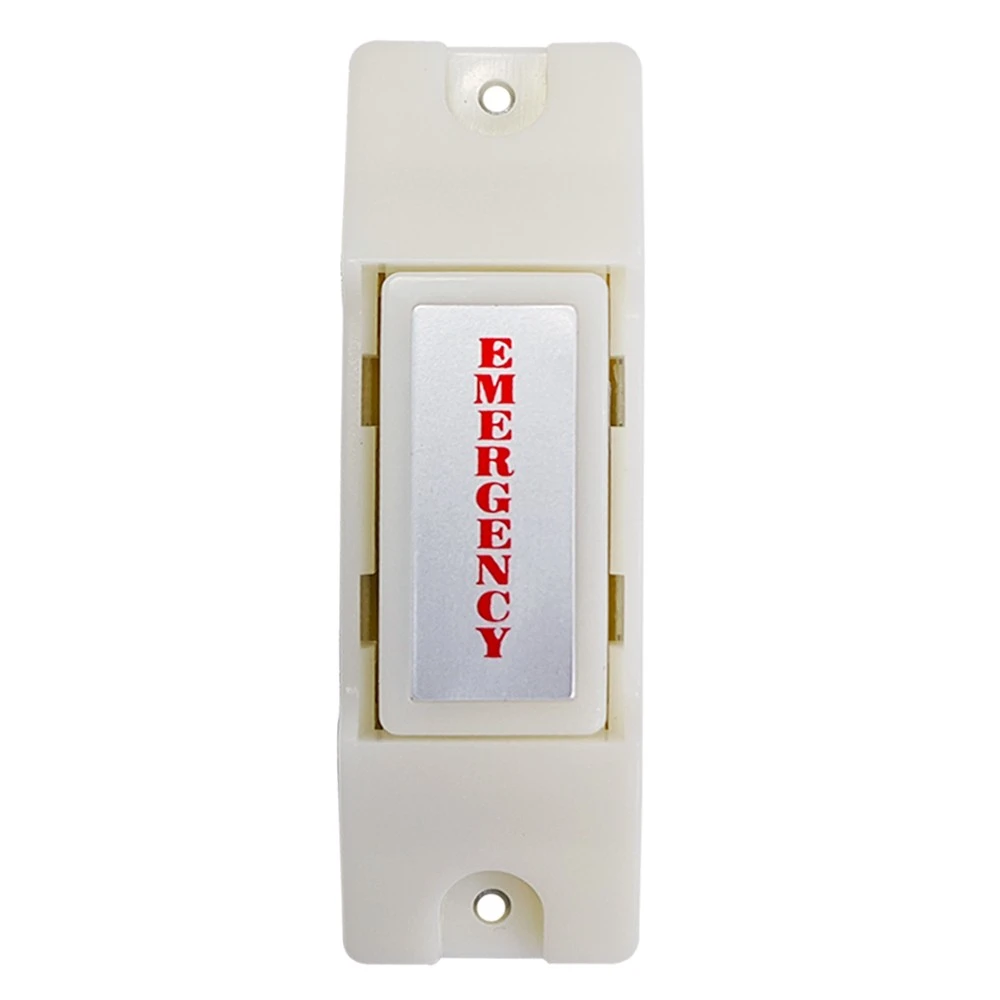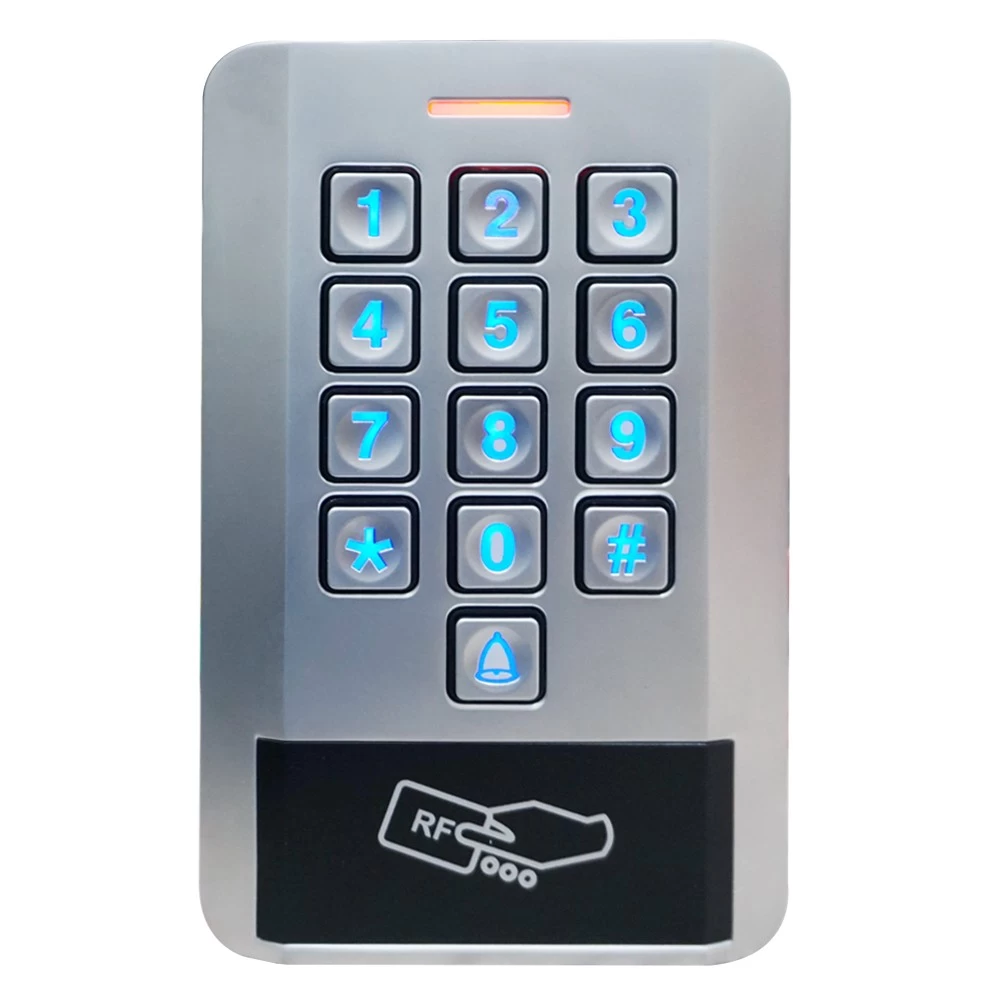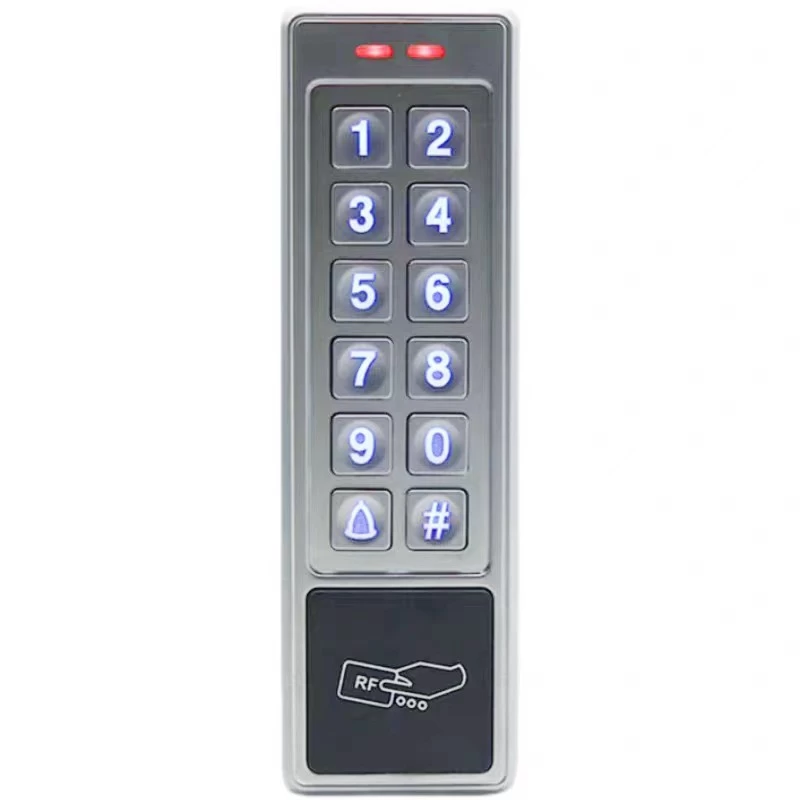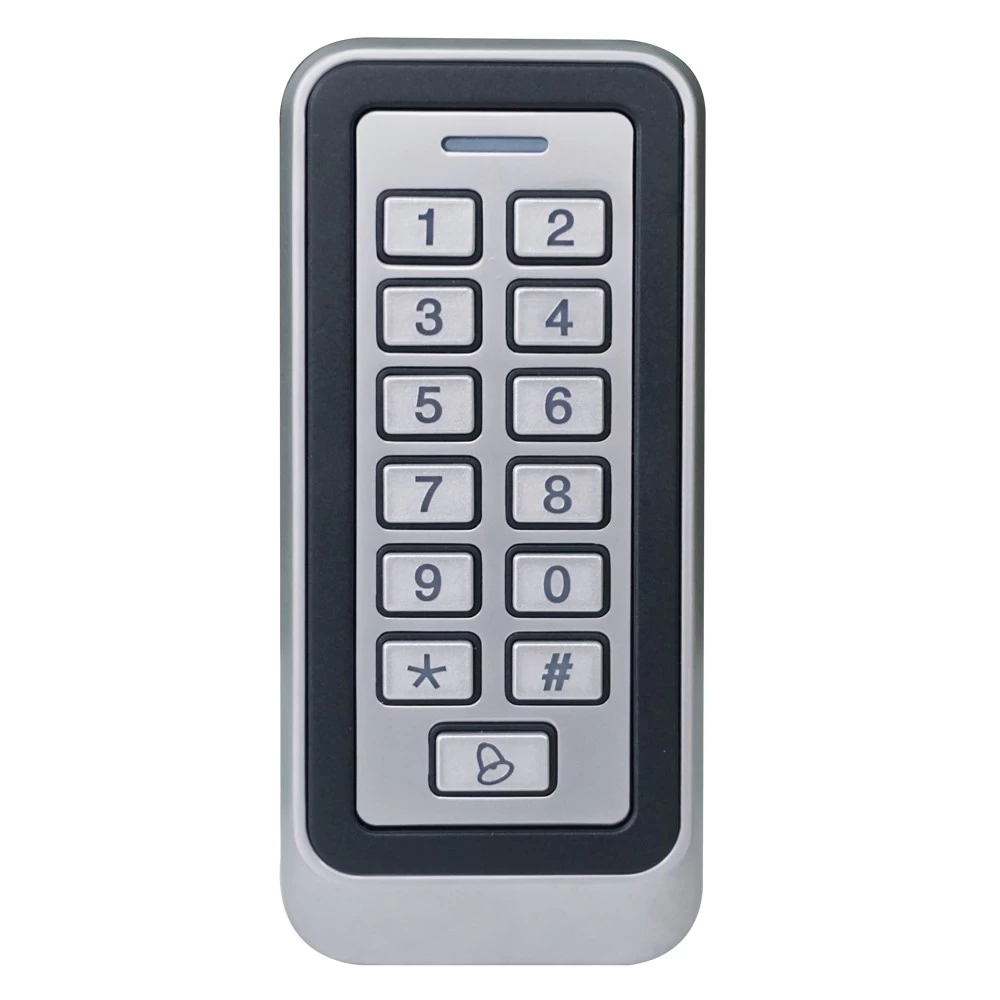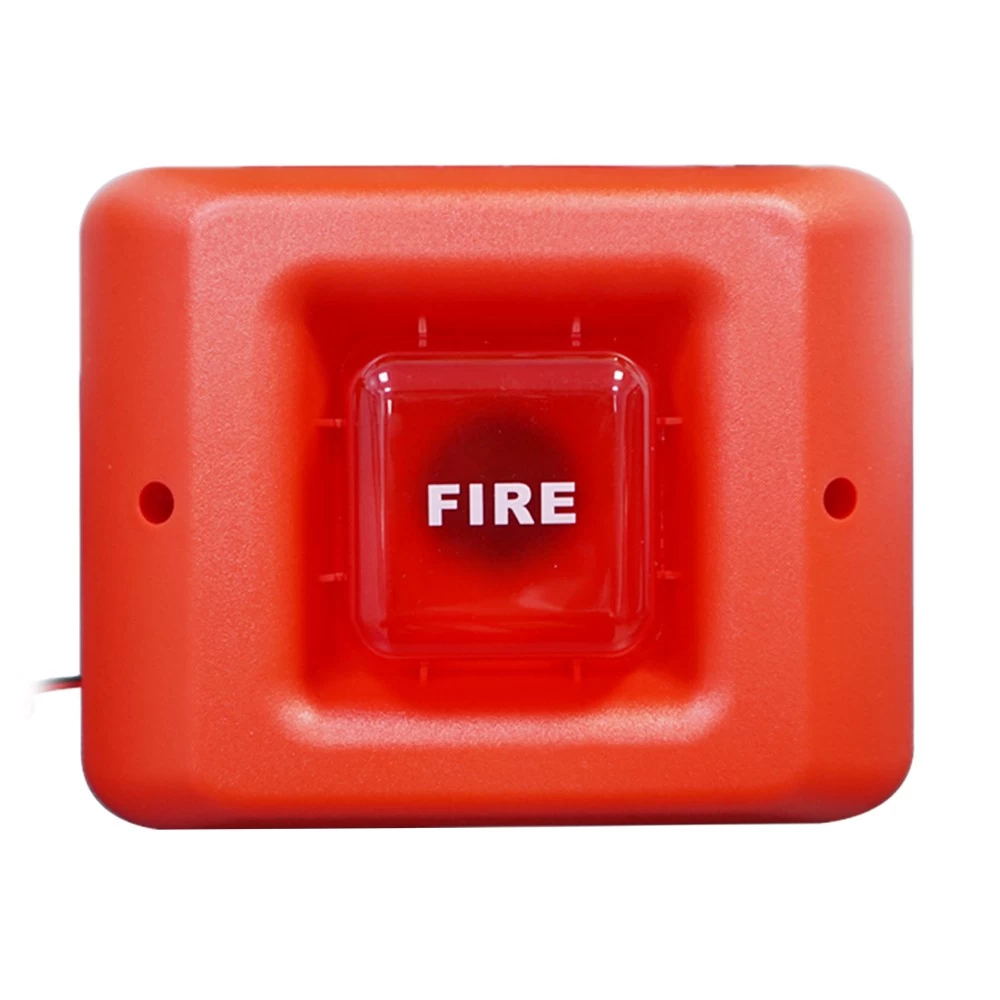PIR motion detector
Helen Li
SMQT
2016-06-24 14:16:14
PIR motion detector
1. Introduction
You probably know those invisible servants who helpfully open department store doors, switch on outside lighting when you (or your cat) walk by or open the tap when you approach the basin. Everywhere motion detectors are installed which trigger those procedures. Most of the time the PIR (Passive InfraRed) principle is used. What about utilizing this technology for BASIC-Tiger? Motion detectors are available for little money, but they are mostly integrated into complete systems, such as outside lighting. Single detectors are usually designed as components of home electricity systems. For a developer it is less attractive to “cannibalize” a complete lighting just for an integrated motion detector. Besides integrated sensors both on the supply side (220V) and from the output system (relays or triacs) can only be adapted to the BASIC-Tiger system with much effort, because it works with 5 V supply voltage and levels between 0 and 5 V.
2. The PIR principle
Passive InfraRed – that is all we need to know. A PIR sensor passively detects infrared radiation in its surrounding area. Since this technology is also used in fire detectors, sensors are also called pyrosensors. They are called passive because they only analyse signals which are transmitted from the object itself. In contrast to radar or ultrasound sensors an active transmitter is not needed. Infrared is the wavelength beyond visible red light. Here wavelengths around a few µm are analysed – the specific heat radiation which is emitted by e.g. the human body. It is obvious that a PIR motion detector only reacts to objects that are distinctly warmer than the surroundings, for example humans, animals or warm vehicles. It is important to know that the sensor does not sense absolute heat radiation but only temporal and local changes in radiation. That is required to avoid steady and immobile heat radiators to set off the switching operation. The sensor principle is based on infrared radiation causing a charge transfer on a special membrane which resembles a capacitor. In order to perceive only changes in infrared radiation (i.e. movements of an object) the dynamic states of charge of at least two equal sensor elements are analysed, while “common mode signals” are compensated. This compensation takes place by either series or parallel connection of these single elements while the pyroelectric sensor membranes are polarized opposing each other. The advantage of this system lies in the oppression of surrounding temperature influences which change
temperature of both sensitive elements by convection, thermal conduction and occurring heat radiation. A specific amplifying circuit with additional elaborate electrical filters is attached for analysing very weak signals. Additional optical filters insure that only radiation required for detecting movements is let through. Interfering radiation sources are also shielded optically. Usually specific lens systems (multi or Fresnell lenses), which focus optical irradiations from different directions to the sensor, are added to complete the movement detector. This widens the sensor detection range (horizontal and vertical angle) immensely. Such a wide detection range, however, is often not desired. So in order to use the system for experimental purposes removable or rather exchangeable lens systems are preferable.
temperature of both sensitive elements by convection, thermal conduction and occurring heat radiation. A specific amplifying circuit with additional elaborate electrical filters is attached for analysing very weak signals. Additional optical filters insure that only radiation required for detecting movements is let through. Interfering radiation sources are also shielded optically. Usually specific lens systems (multi or Fresnell lenses), which focus optical irradiations from different directions to the sensor, are added to complete the movement detector. This widens the sensor detection range (horizontal and vertical angle) immensely. Such a wide detection range, however, is often not desired. So in order to use the system for experimental purposes removable or rather exchangeable lens systems are preferable.
